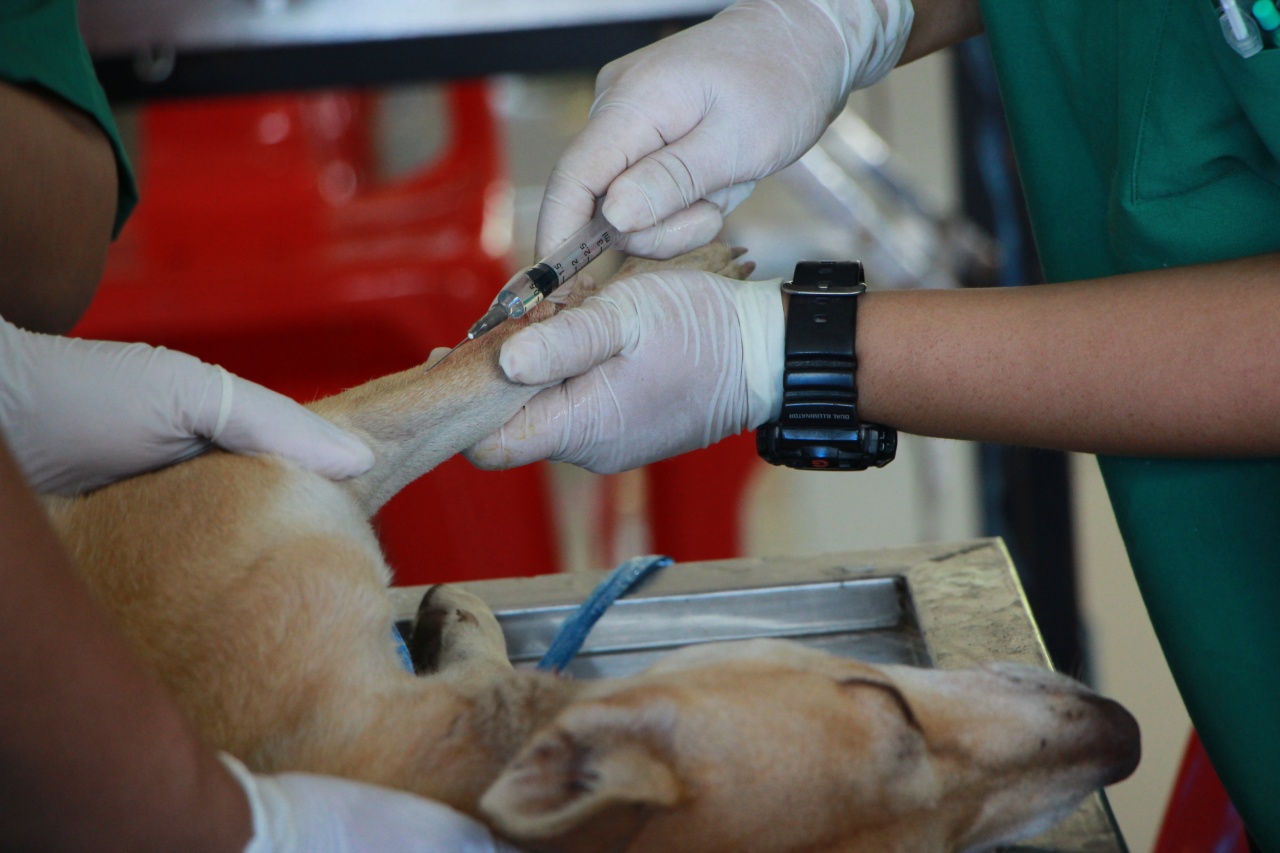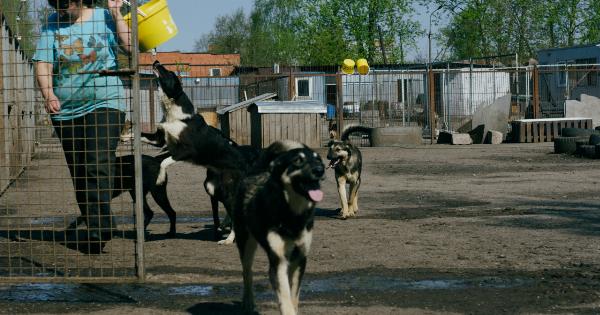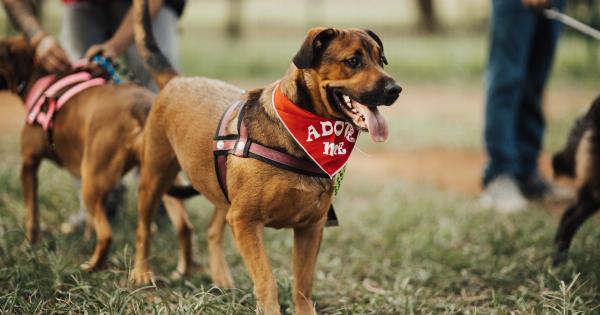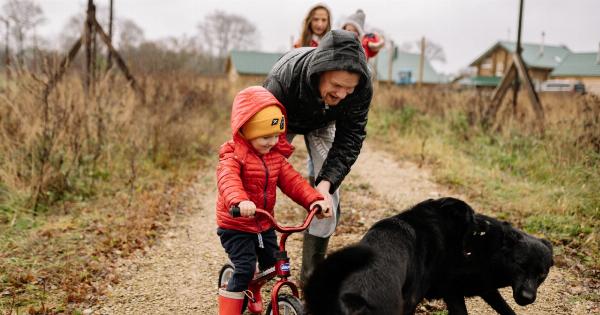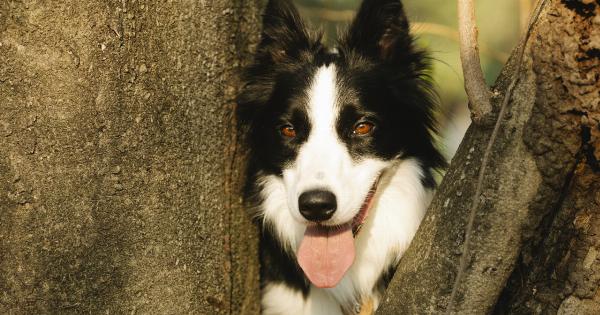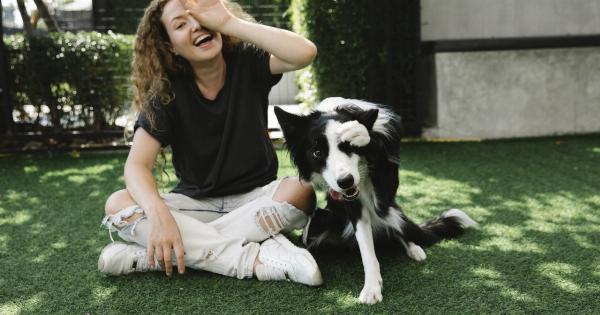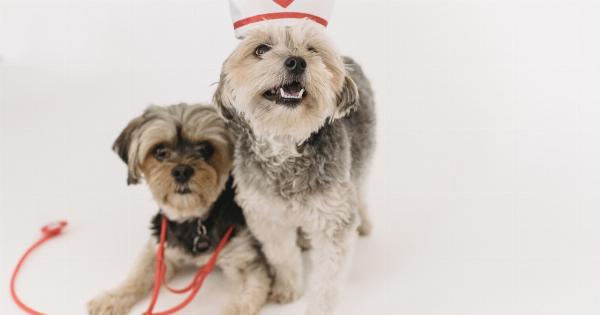Depression is not exclusive to humans; it can also affect our beloved furry friends. Dogs, like humans, are susceptible to experiencing sadness, anxiety, and even depression.
Recognizing the signs and seeking appropriate treatment is crucial for their well-being. In this article, we will explore the symptoms and treatment options for depression in dogs.
Symptoms of depression in dogs
Dogs cannot express their emotions through words, so it’s essential to be vigilant and observant to identify signs of depression. Here are some common symptoms:.
1. Changes in appetite
A significant change in your dog’s eating habits can be indicative of depression. They may either lose interest in food altogether or overeat as a coping mechanism.
2. Lack of energy
Depressed dogs often exhibit lethargy and a lack of interest in activities they once enjoyed. They may seem disinterested in playing, going for walks, or even greeting their owners enthusiastically.
3. Withdrawal from social interaction
If your typically sociable dog starts to isolate themselves or avoids interaction with humans and other pets, it could be a sign of depression. They may prefer spending time alone, seeking refuge in a secluded spot.
4. Excessive sleeping
While dogs are known for their love of sleep, depressed dogs may sleep more than usual. They may struggle to find joy in their waking hours, leading them to retreat to their beds for comfort.
5. Anxiety and restlessness
Depression in dogs can manifest as heightened anxiety and restlessness. They may appear constantly on edge, pacing back and forth, excessively panting, or trembling.
6. Loss of interest in grooming
Depressed dogs might neglect their usual grooming habits. You may notice a lack of self-care, such as excessive shedding, a dull coat, or a disheveled appearance.
7. Increased aggression
Some dogs may exhibit increased aggression when they are depressed. This behavior can be directed towards humans or other animals, and it serves as their way of expressing their emotional distress.
8. Prolonged periods of whining or whimpering
Depressed dogs may vocalize their distress through prolonged periods of whining or whimpering. This behavior can indicate a cry for help.
9. Accidents in the house
A house-trained dog suddenly having accidents indoors might be another sign of depression. They may lose control of their bladder due to their emotional state.
10. Excessive licking or chewing
Depressed dogs may resort to excessive licking or chewing, especially targeting their paws or other parts of their body. This behavior is often a manifestation of anxiety or a coping mechanism.
Treatment options for depression in dogs
Once you’ve recognized the symptoms and determined that your dog is indeed depressed, it’s essential to seek appropriate treatment. Here are some treatment options:.
1. Veterinary examination
The first step in treating your dog’s depression is to rule out any underlying medical conditions. Certain health issues can cause similar symptoms, so it’s crucial to consult with a veterinarian to get a proper diagnosis.
2. Medication
In some cases, medication may be prescribed to help alleviate the symptoms of depression in dogs. Just like with humans, antidepressant medications can be prescribed to regulate their brain chemistry and improve their overall mood.
3. Behavioral therapy
Behavioral therapy, such as cognitive-behavioral therapy (CBT) or desensitization training, can be beneficial for dogs with depression. These techniques aim to change negative thought patterns and behaviors, promoting a more positive outlook.
4. Regular exercise
Physical exercise plays a significant role in improving a dog’s mental well-being. Engaging in regular physical activities not only helps dogs release pent-up energy but also triggers the release of endorphins, promoting a more positive mood.
5. Mental stimulation
Providing adequate mental stimulation is crucial for a dog’s overall mental health. Engage your dog in activities that challenge their mind, such as puzzle toys, interactive games, or training sessions.
Keeping their brain occupied and active can help alleviate symptoms of depression.
6. Maintaining a routine
Dogs thrive on routine and stability. Establishing a consistent schedule for feeding, exercise, playtime, and rest can provide a sense of security and stability, which can be comforting for a depressed dog.
7. Socialization
Encouraging positive social interactions with other dogs or humans is important for a dog’s emotional well-being. Engage in regular socialization activities, such as visits to the dog park or playdates with other friendly dogs.
8. Creating a safe and comforting environment
Ensure that your dog has a comfortable and safe environment. Provide them with their own space, such as a cozy bed or crate, where they can retreat when they feel overwhelmed.
Make sure they have access to toys, treats, and other things that bring them joy.
9. Positive reinforcement
Using positive reinforcement techniques during training and interactions can help uplift a depressed dog’s mood. Reward them with treats, praises, and love when they exhibit positive behaviors.
This approach encourages them to associate positive experiences with their environment and the people around them.
10. Seek professional help
If your dog’s depression persists or worsens despite your efforts, it may be necessary to consult with a professional dog behaviorist or trainer. They can assess your dog’s unique situation and provide specialized guidance and support.
Conclusion
Depression in dogs is a genuine concern that should not be overlooked. Recognizing the symptoms and taking appropriate action is crucial for their overall well-being.
By being observant, providing them with love, care, and seeking professional help when needed, we can help our canine companions overcome their depression and regain their zest for life.
